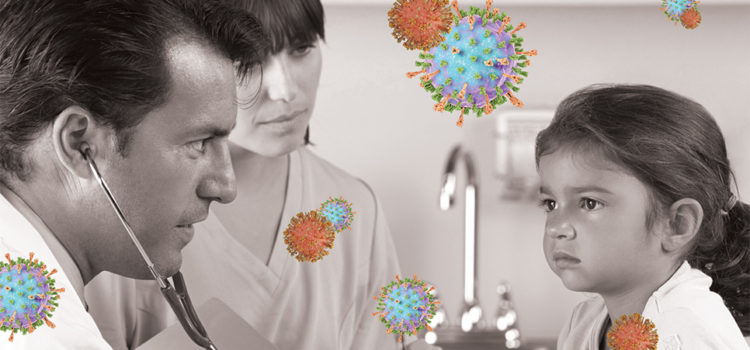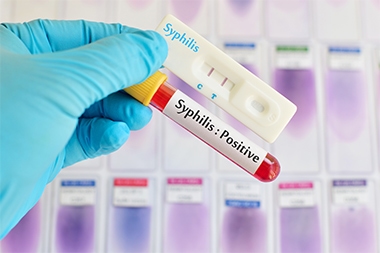Urgent message: Familiarity with the schedule for immunization against pertussis, as well as expertise in diagnosing and prescribing treatment, should be within the urgent care provider’s capabilities—as should the ability to distinguish which patients require transfer to a higher-acuity setting. Ellen Laves, MD Microbiology and Immunity Pertussis is a toxin-mediated disease caused by the gram-negative coccobacillus Bordetella pertussis. Toxins produced by B pertussis impair ciliary clearance of pulmonary secretions through the paralysis of normally …
Read More









